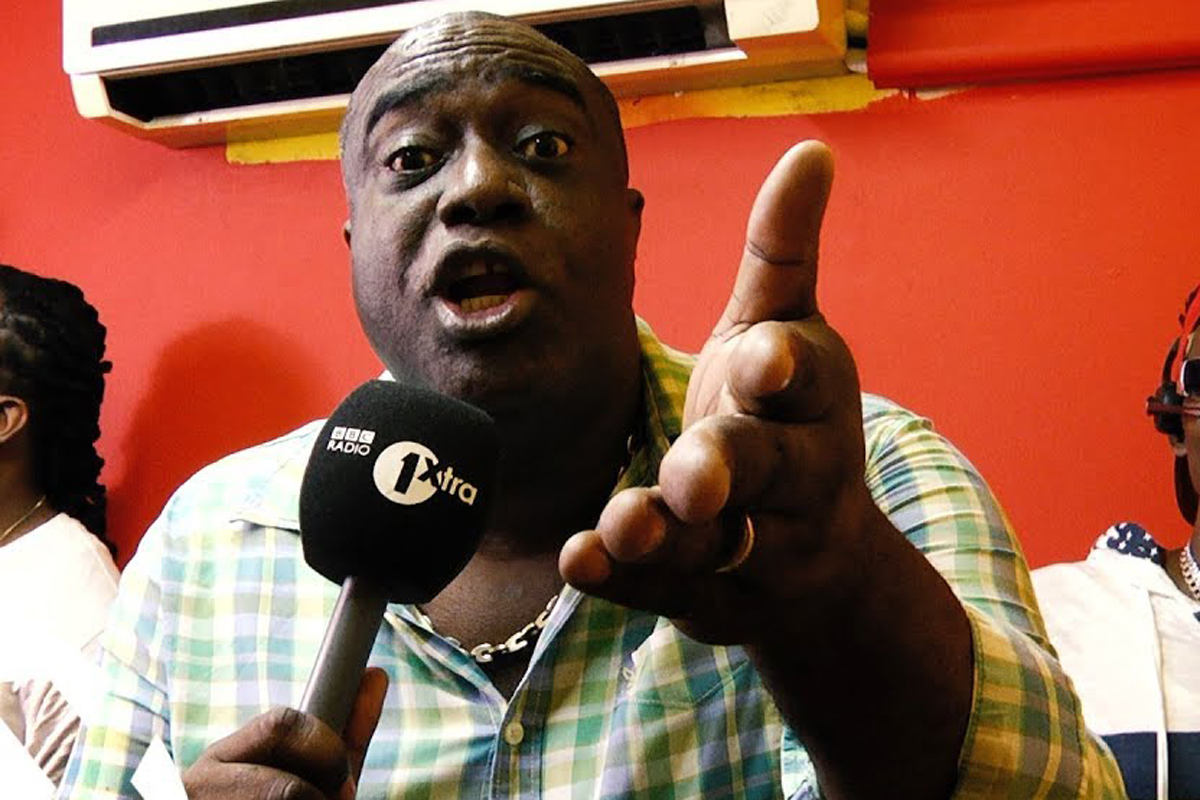Reflecting On The “Punanny” Riddim And It’s Offspring

One of Dancehall music’s most distinct sound patterns is that of the Punaany Riddim. That memorable and very recognizable beat architecture can be attributed to the innovations of second city-born record producer Lloyd ‘King Jammy’ James, who honed his craft under the stewardship of late music industry deity and dub premier Osbourne ‘King Tubby’ Ruddock.
James’ Punaany sound texture is one of the earliest – if not the first – of its kind; a beat with heavily influenced computerized elements that are responsible for effectively offsetting a slew of digital ‘riddims.’ This specific ‘riddim’ has been featured prominently in the annals of Jamaican music history, specifically as the template for all digitally-derived Dancehall music productions, since the 1980s.
The original track on the riddim, Admiral Bailey’s Punaany, became an instant classic after its release in the middle of the 1980s and it helped to cement the dawn of a new era in Dancehall-Reggae music that was created with computerized patterns. The Punaany single – arguably Bailey’s single most career-defining and best-known track – helped to galvanized the hit status of numerous other singles on the namesake ‘riddim’ as well as the ‘riddim’ instrumentation itself.
Since then, the Punaany riddim has been remixed and refixed, sampled and even adopted into personalized versions for other labels, sound system dubplates and sound selector drops over the past decades. Bounty Killer, Beenie Man, Lady Saw, Shabba Ranks and Buju Banton were among the artists to jump on the riddim, in the early stages of their legendary careers. Cult favorites like Shabba Ranks’ Needle Eye Pum Pum, Bucaneer’s Bruk Weh, Ward 21’s Five-A-Day, Vegas’ Chuckie Boo and Wanye Marshall’s Gimmie A Light remain among juggling go-tos.
In addition to Bailey’s lead single, Little Lenny’s Healthy Body, along with essential cuts like Ninja Man’s Border Clash, Johnny P’s Bike Back, Risto Benji’s Gimmie Di Money, Josey Wales’ Wrong Move, Little John’s Yes Mama have managed to maintain a longstanding place among musical selections featured on disc jock 80s and 90s setlists.
Similarly, Reggae-Dancehall singers like Richie Stephens with Here and Now, Ghost with Killing Me Softly, Sanchez with Ebony Eyes, Cocoa Tea with Sonia Come Back and Wayne Wonder with Dedicated to My Favorite Girl satisfy other fan bases with their more mellowed Lover’s Rock interpretation of James’ classic Punaany riddim.
King Jammy, whose production curriculum vitae has spanned several decades, managed to repeatedly catch lightning in a bottle; and, as a result, has gifted the popular Dancehall genre several other era-defining signature ‘riddims.’ Among these riddims are the Sleng Teng, that is largely labeled as being James’ most successful to date, and the infectious and covertly unrelenting Duck ‘riddim.’
Generally, the consensus is that Jammy’s studio boasts an impressive discography that is responsible for having incubated an unmistakable buffet of classic ‘riddims’ that have served as the blueprint to the local music industries digital music production choices since the 1980s.
About a month ago, the sentiment was seconded by internationally-acclaimed Jamaican Grammy award winner Sean Paul. In an interview on local TV, the deejay noted that King Jammy’s should be celebrated as a pioneer of the country’s most popular genres, as well as credited among an elite group of legendary producers who helped to usher in the digital/computerized Reggae-Dancehall music genres.
The flagship Punaany ‘riddim’ is globally viewed as one of the core courses from the musical university that is Lloyd James’ Jammy’s studio outfit.
James’ impact on Jamaica’s music industry extends beyond being considered an architect of multiple transcendent popular local music genres – some of which can be directly credited to the genius of his mentees production mavens, like the late Bobby Digital and dynamic duo Steely (who passed away more than a decade ago) and Clevie – to include being the patriarch of a second generation of producing offspring; his sons Jam II, John John and Baby G.
